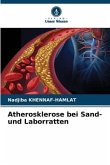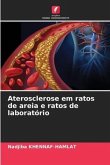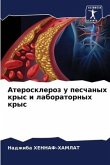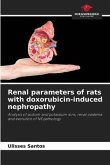Atherosclerosis in sand rats and laboratory rats. Our book focuses on a comparative study of atherosclerosis in the sand rat(Psammomys obesus) and the laboratory rat(Rattus norvegicus). While the former is chosen as an atherosensitive experimental model, the latter is classified as atheroresistant, but has nevertheless shown some sensitivities to certain diets and agents. Psammomys obesus is an ideal model for the study of certain metabolic and tissue disorders that occur when switching from its natural diet to a hypercaloric laboratory diet. Both models were subjected to a hypercaloric diet consisting of cooked egg yolk, and at the end of the experiment we analyzed "in vivo" and "in vitro" the various parameters of atherosclerosis (determination of plasma lipids and lipoproteins, histological and histochemical study of the arterial wall, study of vascular smooth muscle cell proliferation). The results showed plasma and structural alterations in the aorta characteristic of the atherosclerotic process, the effects being more pronounced in Psammomys obesus.
Bitte wählen Sie Ihr Anliegen aus.
Rechnungen
Retourenschein anfordern
Bestellstatus
Storno








